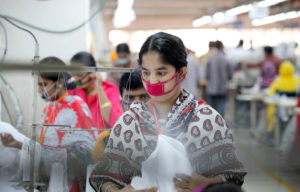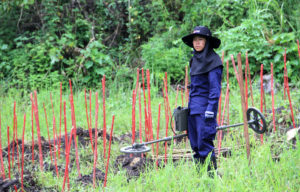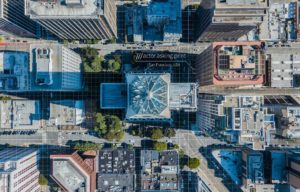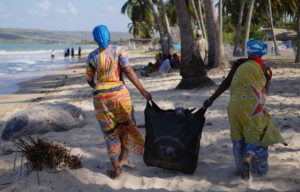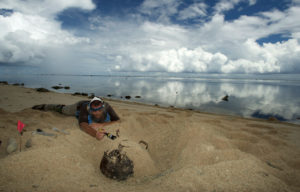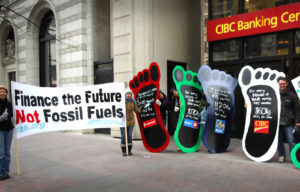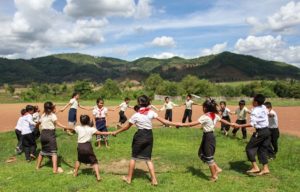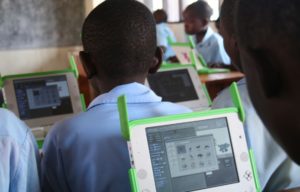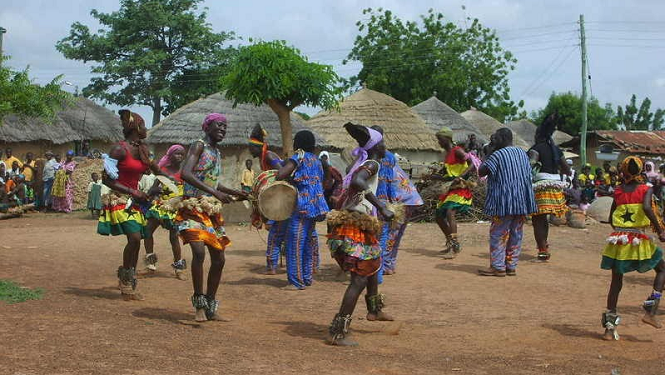
Using Culture and Creativity As a Lever
In Ghana, young women are dancing their way to a course of training as seamstresses.
Share
Other categories
Region: Africa
Theme: Children & Youth, Education
Dancing is dynamic. This is what many children and young people have discovered at Tamale Youth Home Cultural Group in northern Ghana.
More than 3,500 school children have already been taught drumming and dancing here. The goal is to stimulate the children’s creativity and inclusion in the local community through a musical education and introduction to the roots of Ghanaian music.
‘The nucleus of the education we offer is music. It’s a matter of keeping the locally rooted culture alive while spreading it out and making it a profession. After all it is not easy being an artist,’ says Annemarie Grüner, Danish board member of TYHGC.
‘Before I was a nobody, now I am a somebody’.
Annemarie quotes a now 25-year-old woman she met 15 years ago when they started the project. Today, the woman is a trained seamstress, and a leader of the female dancers at TYHGC.
TYHGC has received guidance and direction on how to apply for funds at the cultural foundation under the Danish embassy in Ghana.
Using these funds, they have invested in sewing machines, so that young women especially, including teenage mothers, can train to be seamstresses and thus fend for themselves financially.
They use dance as an inspiration to design beautiful clothing and costumes for the musical performances.
But the sewing workshops have also become a way to make a business from the creative environment, and the American NGO, Playing for Change, have a website selling the headbands, purses and bags they produce.
Creative industries are flourishing
The UN has recently explained how creative businesses may be a part of capacity building and sustainable development when the Millennium Development Goals have been reached. Therefore the UN is launching creative initiatives for the younger generation in various places.
For instance, UNESCO’s youth forum for creativity organised a series of workshops last year, where young people from developing countries had a chance to make their own film and radio productions under the heading ‘Experiment, Learn and Build’.
Last year, another project in Ethiopia provided 438 young people with funds to start a creative project focusing on the young people’s own ideas of products and design. In this way, it is the young people themselves who sustain and pass on development.
Earlier this year, TYHGC was awarded the ambassador’s prize by the Danish embassy in Ghana: led by Abdul-Rahaman Mohammed, who studied at the International People’s College in Denmark, they have worked to implement democratic principles in the building of schools and jobs. For instance, this involves holding communal meetings at which everybody has a say.
